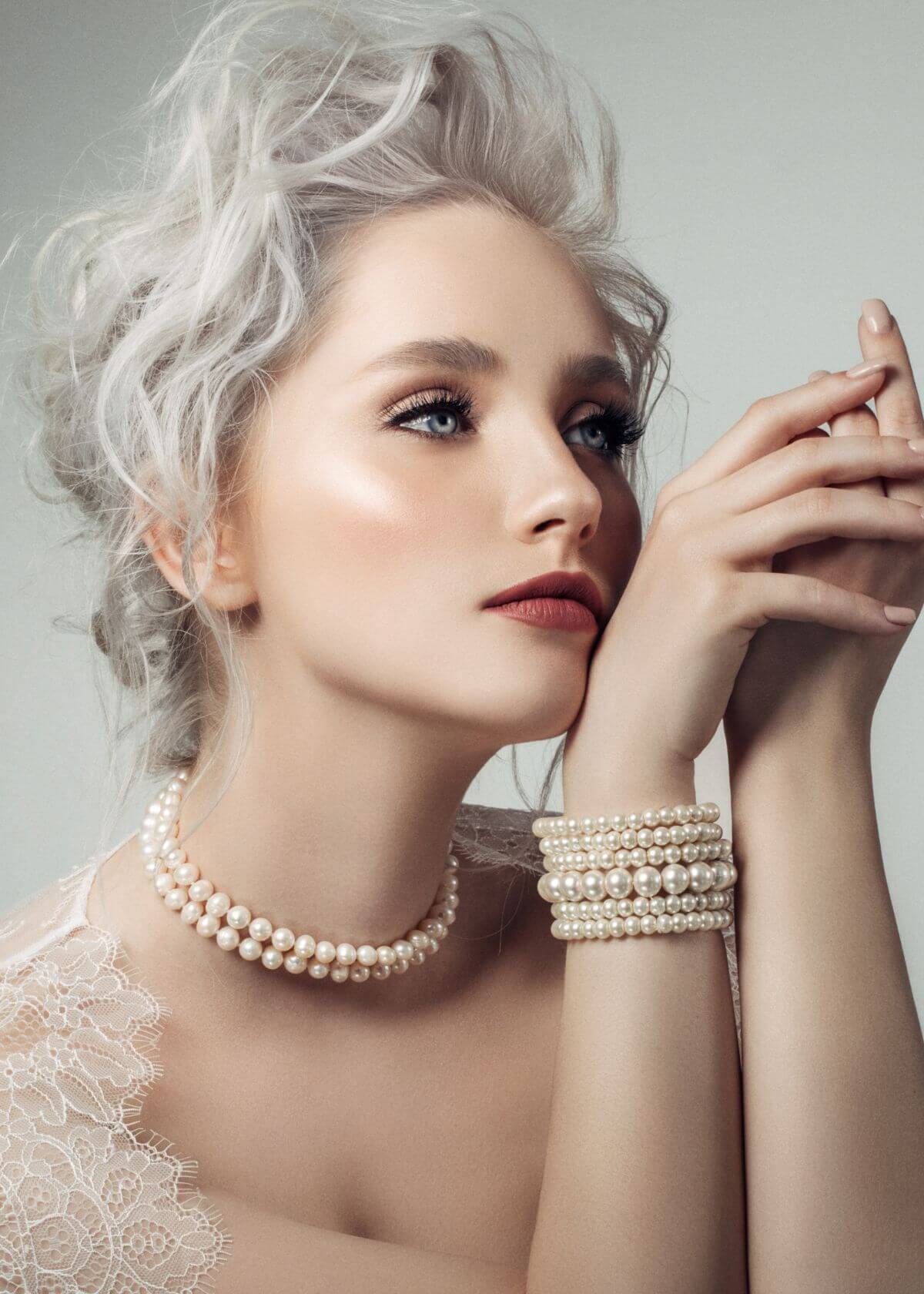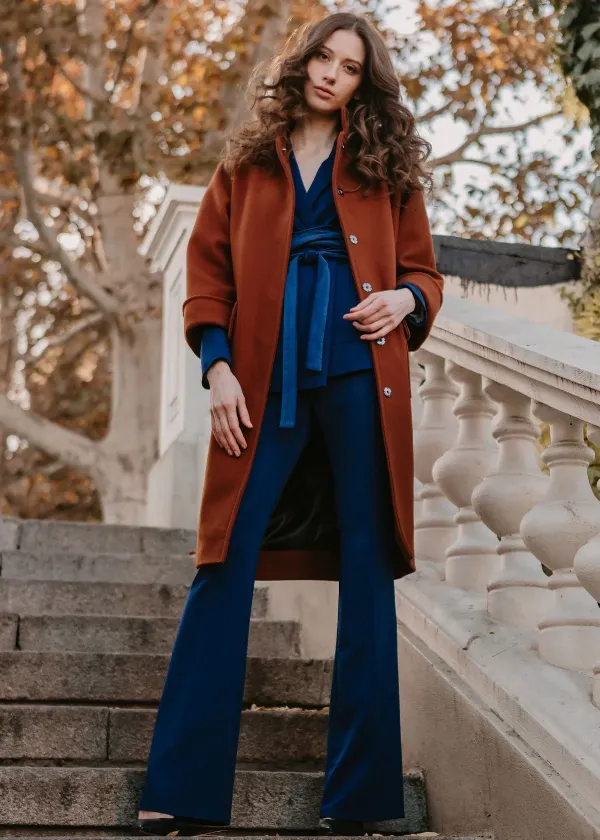When it comes to luxurious and timeless gemstones, pearls have held a special place in the hearts of jewellery enthusiasts for centuries.
Known for their elegance and lustrous beauty, pearls have captivated people from different cultures and eras. However, one question that often arises in the world of pearls is, "Are pearls worth?"
In this definitive guide to pearl pricing, we will explore the factors that influence pearl costs and shed light on what makes pearls truly valuable.
Pearl Types and Varieties
Pearls have always been revered as symbols of elegance and sophistication in the world of jewelry.
Their timeless allure and iridescent beauty make them a treasured gemstone for those seeking a touch of grace and refinement. However, understanding the worth and value of a pearl of pearls can be quite daunting, considering the multitude of factors that come into play.
In this definitive guide to pearl pricing, we will delve into the intricacies of pearl valuation and shed light on the value of different pearl types and varieties.
Pearls come in a diverse array of types and varieties, each possessing its unique characteristics and price range.
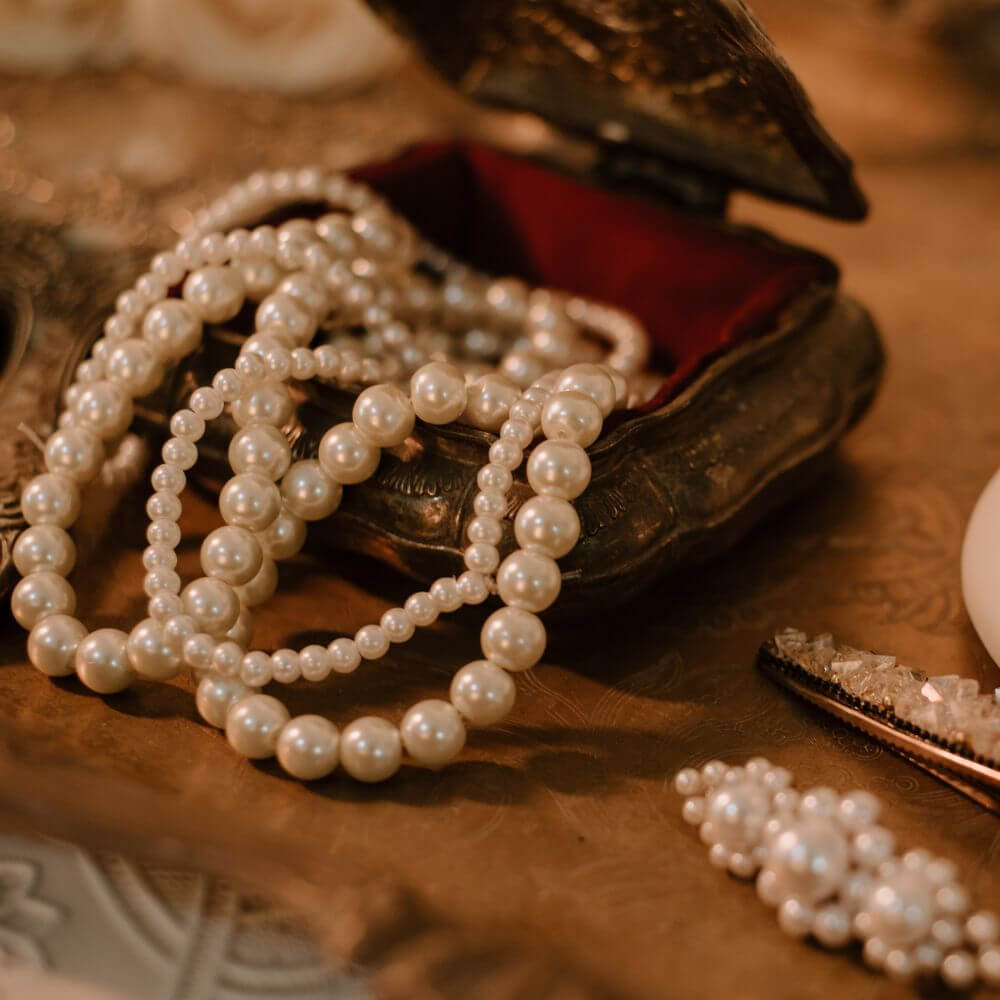
Let's explore some of the most popular types of pearls and their respective values:
South Sea Pearls:
South Sea pearls are renowned for their exceptional size and lustrous appeal. Cultivated in the warm waters of the South Pacific, these pearls range from creamy white to golden hues, and occasionally exhibit overtones of pink, silver, or champagne. Known for their rarity and unmatched radiance, South Sea pearls can command high prices, ranging from 2,000 to 5,000 dollars per strand.
Freshwater Pearls:
Freshwater pearls are cultivated in rivers, lakes, and ponds, predominantly in China. They are often more abundant and affordable compared to saltwater pearls. These pearls come in a variety of shapes, sizes, and colors, ranging from white and cream to pastel shades of pink, lavender, and peach.
Depending on their quality and size, freshwater pearls can range from 200 to 700 dollars per strand.
Tahitian Pearls:
Fine jewelry: Tahitian pearls, also known as black pearls, are cultivated in French Polynesia. They are treasured for their captivating dark hues, ranging from gray to black, with overtones of blue, green, and purple. The unique colors and rarity of Tahitian pearls contribute to their higher value, typically falling between 2,000 and 5,000 dollars per strand real pearls.
Cultured Pearls:
Cultured pearls encompass a wide range of natural pearl - types, including Akoya, freshwater, Tahitian, and South Sea pearls. These pearls are cultivated with human intervention, wherein a small bead or tissue is implanted into the mollusk, stimulating the formation of a pearl. Cultured pearls offer an affordable alternative to natural pearls while still maintaining exceptional quality. Prices for cultured pearls can vary significantly depending on factors such as size, luster, surface quality, and color, ranging from 500 to 1,400 dollars per strand.
Natural Pearls:
Natural pearls are incredibly rare and coveted due to their scarcity. Formed naturally inside mollusks without human intervention, these pearls are a result of a fortuitous occurrence. Their uniqueness and historical significance make them highly valuable.
However, due to their extreme rarity, it is challenging to determine a specific price range for natural pearls, as they can fetch astronomical sums at auctions and specialized markets.
Within both natural and cultured pearl categories, there are various varieties wild pearls available, including Akoya pearls, South Sea pearls, Tahitian pearls, and freshwater pearls.
Each variety has its unique characteristics, such as size, shape, color, and luster, which influence their market value.
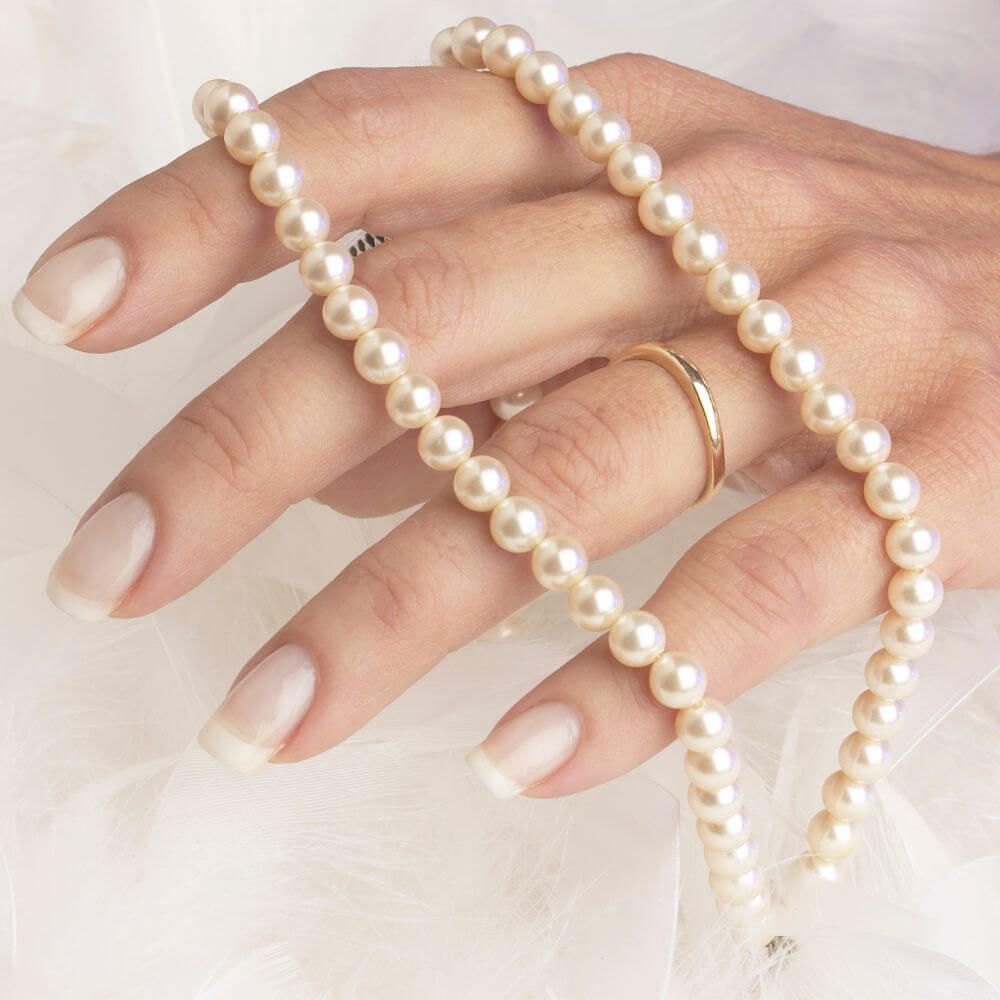
Factors Affecting Pearl Pricing
Several key factors contribute to the pricing of pearls:
- Type and Variety: As mentioned earlier, the type and variety of pearls significantly impact their price. Natural pearls are exceptionally rare and, therefore, much more expensive than cultured pearls. Among cultured pearls, certain varieties, such as South Sea pearls and Tahitian pearls, are generally more valuable due to their size, unique colors, and exceptional quality.
- Size: Pearl size is an essential factor in determining their value. Larger pearls are generally more expensive because they are rarer and require more time to form. Smaller pearls, while still beautiful, are usually more affordable.
- Shape: The shape of a pearl is another factor that affects its price. Perfectly round pearls are the most sought after and often come with a higher price tag. However, pearls can also be found in various other shapes, such as oval, drop, button, and baroque, each offering its distinct charm and price range.
- Color: The color of a pearl plays a significant role in determining its value. While white and cream-colored pearls are considered classic and timeless, pearls can also come in shades of pink, lavender, silver, golden, and even black. Uncommon and intense colors are generally more valuable due to their rarity and demand.
- Luster: The luster or the reflective quality of a pearl's surface is a vital characteristic that affects its price. Pearls with a high luster exhibit a deep, mirror-like shine, indicating excellent quality and superior value.
- Surface Quality: The surface quality of a pearl refers to the presence of blemishes, spots, or imperfections. Pearls with flawless surfaces command higher prices as they are more visually appealing.
- Origin and Brand: The origin of the pearl and the reputation of the brand or jewellery can also influence the price. Pearls sourced from specific regions, such as the South Seas or the Sea of Cortez pearls worth more.
What to Consider When Buying Pearl Jewellery
Pearls have a timeless and sophisticated appeal that makes them a popular choice for jewelry.
Whether you're purchasing a pearl necklace, pearl earrings,, bracelet, or any other piece of pearl jewelry, there are several important factors to consider to ensure you make a well-informed and satisfying purchase.
Here are some key considerations when buying pearl jewelry:
- Type and Variety of Pearls: Familiarize yourself with the different types and varieties of pearls available. Each type, such as Akoya, South Sea, Tahitian, and freshwater pearls, has its unique characteristics in terms of size, shape, color, luster, and overall value. Understand your preferences and budget to determine which type of pearls aligns with your desired jewelry piece.
- Pearl Quality: Assess the quality of the pearls you're considering. Look for pearls with excellent luster, which is the shine and reflection on the surface. High-quality pearls exhibit a deep, mirror-like luster. Check for smooth and consistent nacre (the substance that forms the pearl) without visible blemishes or irregularities. The surface should be clean and free from cracks, spots, or peeling.
- Size and Shape: Consider the size and shape of the pearls. Pearl sizes can range from tiny seed pearls to larger statement pieces. Choose a size that suits your personal style and the intended purpose of the jewellery. The shape of pearls can vary from perfectly round to oval, drop, button, or baroque. Select a shape that appeals to you and complements the design you have in mind.
- Color: Pearls come in a range of colors, from classic white and cream to various shades of pink, lavender, silver, gold, and even black. Consider the color that best suits your style, complexion, and wardrobe. Additionally, factor in the rarity and desirability of certain colors, as they can affect the price of the pearls.
- Matching and Uniformity: If you're buying a pearl strand or a pair of earrings, pay attention to the matching and uniformity of the pearls. They should have a consistent size, shape, color, and luster. This ensures a cohesive and visually appealing look when worn.
- Jewelry Setting and Design: Evaluate the quality of the setting and craftsmanship of the pearl jewelry. Examine the metal used, such as gold or sterling silver, to ensure its durability and suitability for your preferences. Consider the design and style of the jewelry piece, ensuring it aligns with your personal taste and lifestyle.
- Budget: Set a realistic budget for your pearl jewelry purchase. Pearls vary in price depending on their type, quality, size, and other factors. Determine your budget range beforehand and explore options within that range. Remember that high-quality pearls may come at a higher cost, but they also offer long-term value and durability.
- Seller Reputation: Purchase from reputable and trustworthy sellers. Research the seller's reputation, read customer reviews and testimonials, and ensure they provide accurate information about the pearls they sell. Look for certifications or guarantees of authenticity and quality.
- Care and Maintenance: Consider the care and maintenance requirements of pearl jewelry. Pearls are delicate gems that require proper handling and storage to maintain their beauty. Understand how to clean and store your pearls to ensure their longevity and shine.
By considering these factors when buying pearl jewelry, you can make an informed decision and select a piece that suits your style, preferences, and budget while ensuring the highest quality and value for your investment.
Our List of Pearls
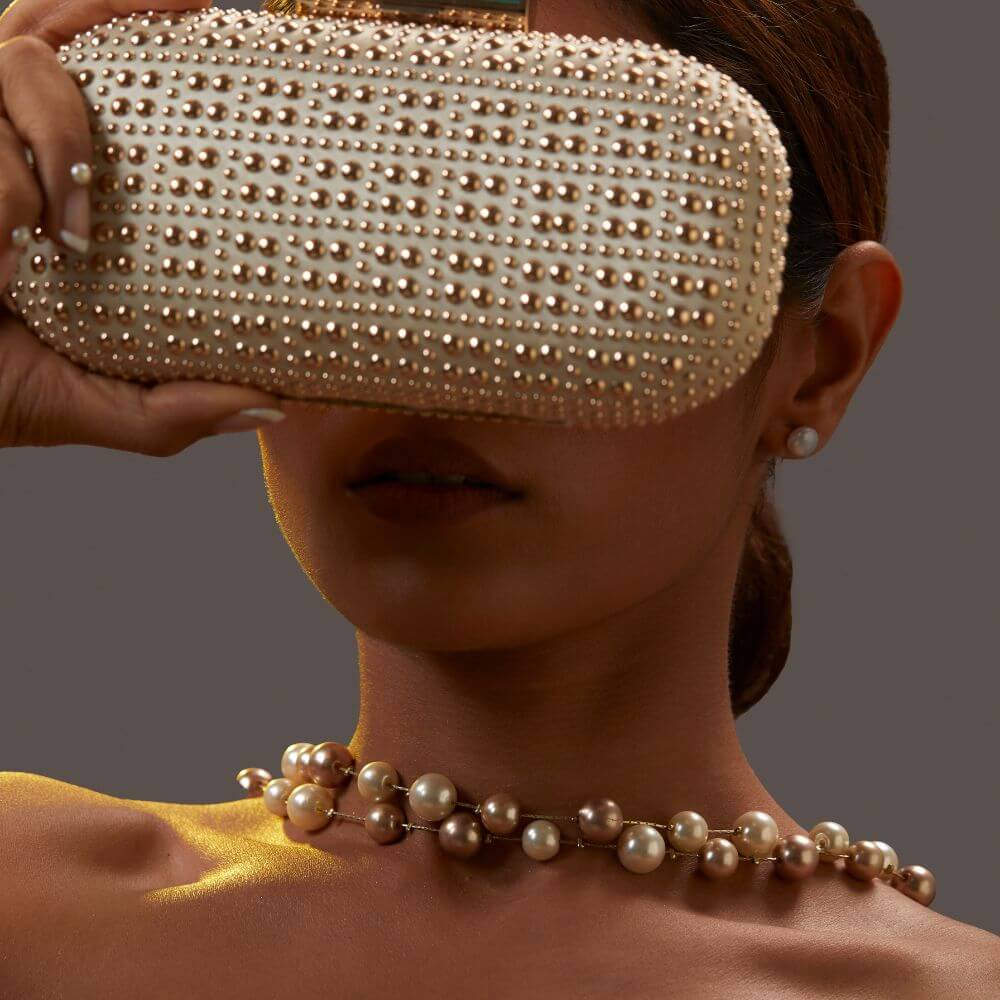
FAQs About Pearls
What are pearls?
Pearls are gemstones formed within the soft tissue of certain mollusks, such as oysters and mussels.
They are created when an irritant, such as a grain of sand or a parasite, enters the mollusk and triggers the secretion of nacre, a substance that coats the irritant and gradually forms a pearl.
What types of pearls are there?
There are various types of pearls, including Akoya pearls, South Sea pearls, Tahitian pearls, freshwater pearls, and natural pearls. Each type has its unique characteristics in terms of size, shape, color, and luster.
What is the difference between natural pearls and cultured pearls?
Natural pearls are formed without any human intervention when an irritant accidentally enters a mollusk.
Cultured pearls, on the other hand, are created through a process in which a pearl farmer intentionally inserts an irritant, such as a bead or tissue, into a mollusk, stimulating the production of a pearl.
Cultured pearls have made natural and cultured pearls more accessible and affordable.
How do I determine the quality of a pearl?
The quality of a pearl is determined by factors such as luster, surface quality, size, shape, color, and matching.
Pearls with high luster, smooth surfaces, and minimal blemishes are generally considered higher than average quality pearls.
Additionally, perfectly round pearls with consistent color and size command higher value.
What is the significance of pearl luster?
Luster refers to the shine and reflective quality of a pearl's surface.
High-quality pearls have a deep, mirror-like luster, which is a result of light interacting with the layers of nacre. Luster plays a vital role in determining a pearl's beauty and value.
Are all pearls white?
No, pearls come in a wide range of colors. While white and cream-colored pearls are classic and popular, pearls can also be found in shades of pink, lavender, silver, gold, black, and even more unusual hues.
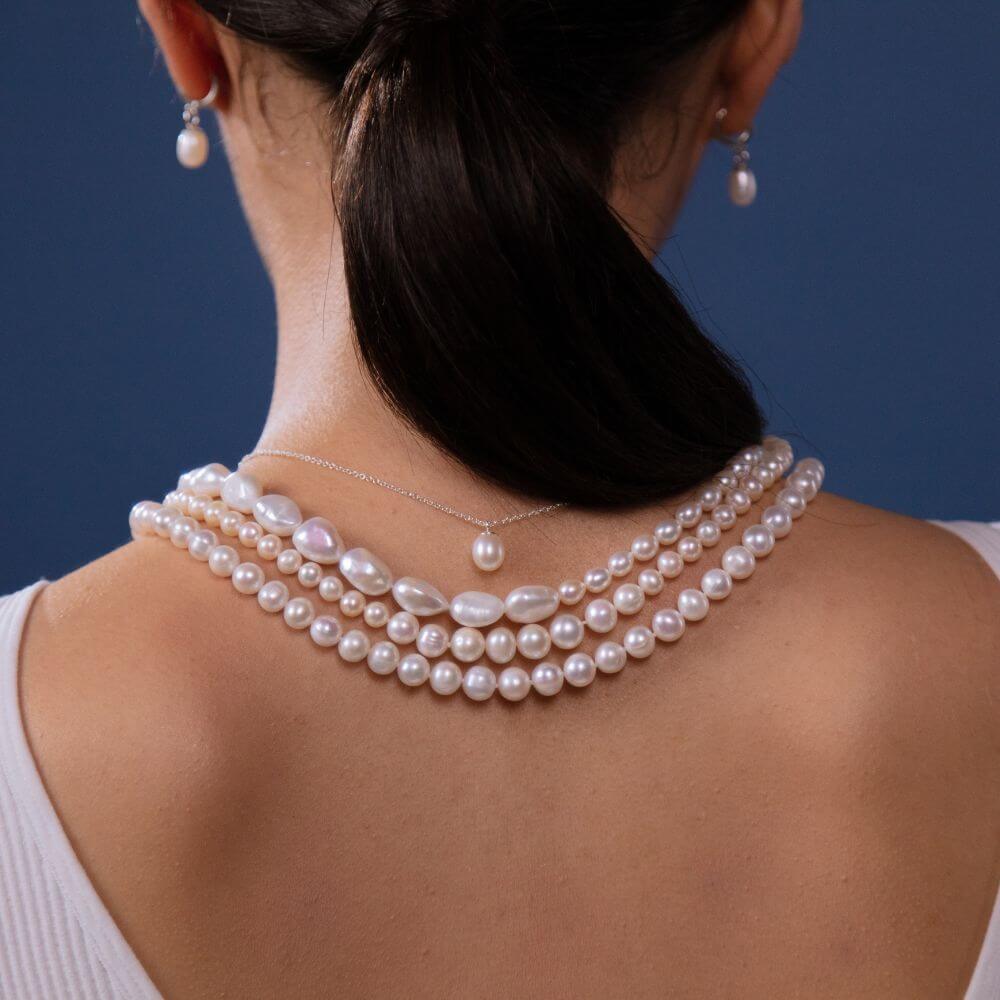
Are pearls too expensive?
The price of pearls can vary greatly depending on factors such as type, size, quality, luster, and rarity. Natural pearls are exceptionally rare and can be incredibly expensive.
Cultured pearls, including Akoya pearls, freshwater, Tahitian, and South Sea pearls, offer a wider range of options at different price points.
How should I care for my pearl jewellery?
Pearls are delicate gemstones and require proper care. Avoid exposing them to chemicals, perfumes, and excessive heat.
Clean them gently using a soft cloth or mild soapy water, and store them separately from other jewellery to prevent scratching.
It's best to consult the specific care instructions provided by the jeweller or pearl retailer.
Can pearls be worn every day?
Pearls can be worn daily, but it's important to handle them with care and take precautions to avoid damage.
Avoid exposing natural pearl to harsh conditions, such as vigorous activities or contact with abrasive surfaces, which may scratch or damage the surface of the pearls.
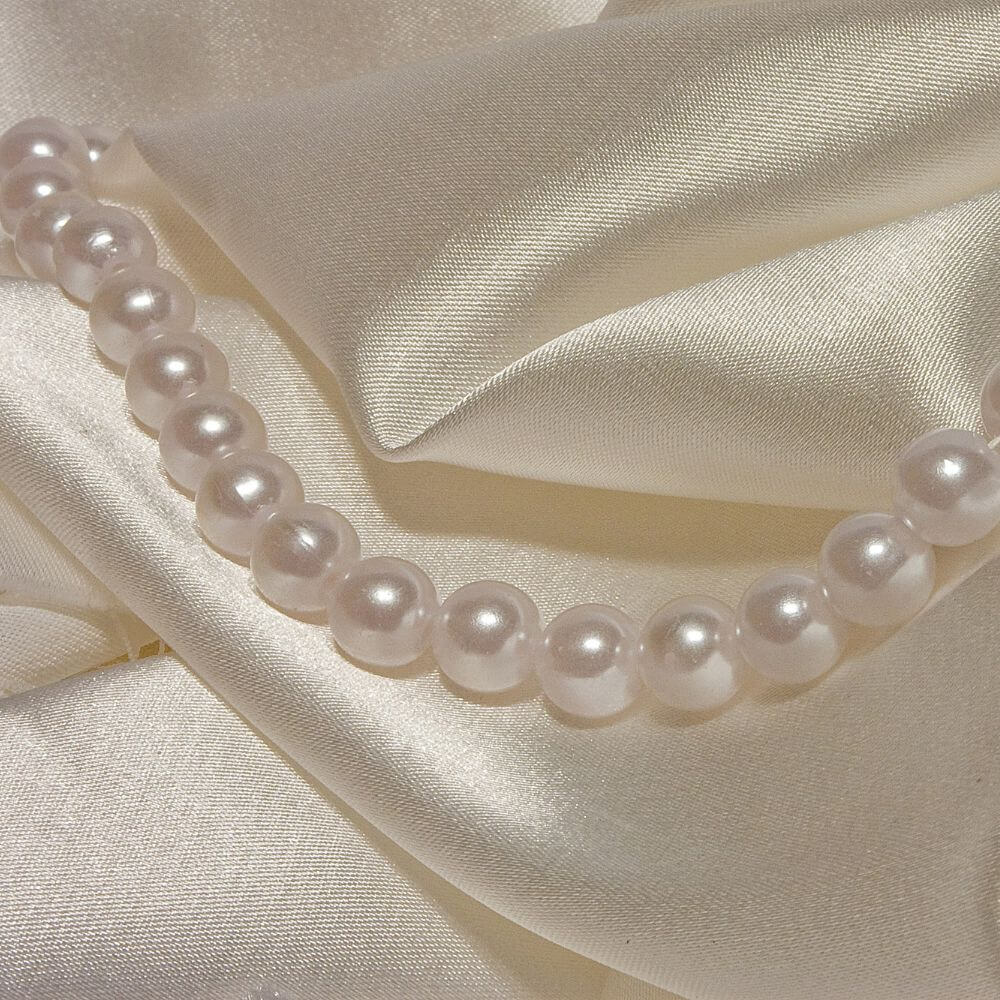
Conclusion
In conclusion, white pearls are not only exquisite gemstones but also hold a special allure that has captivated people for centuries.
Understanding the factors that influence natural pearl worth pricing, such as type, size, shape, color, and quality, is crucial when buying pearl jewelry.
Whether you choose natural pearls or opt for the more accessible cultured pearls, it's important to consider your personal preferences, budget, and the reputation of the seller.
With proper care and maintenance, pearl jewelry can be cherished and enjoyed for generations.
So, whether you're adorning yourself with a classic strand of white pearls or embracing the unique beauty of Tahitian or freshwater pearls, the elegance and timeless appeal of pearls are sure to add a touch of sophistication to any ensemble.


